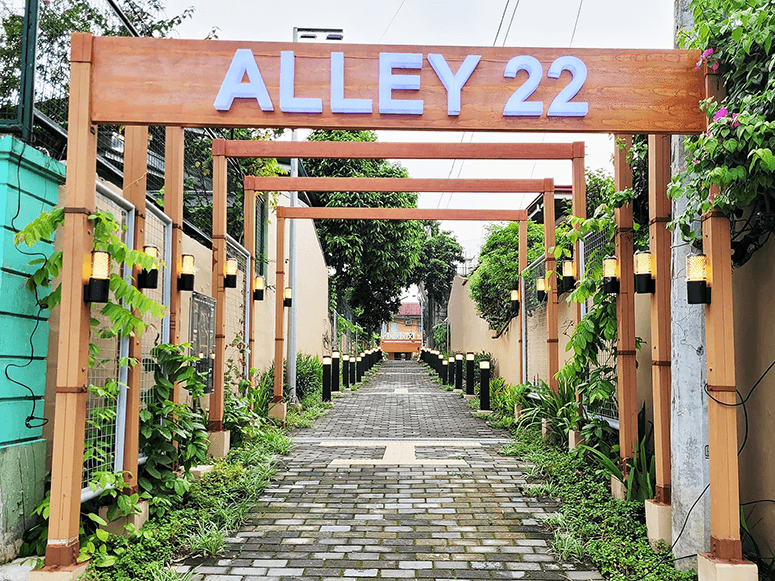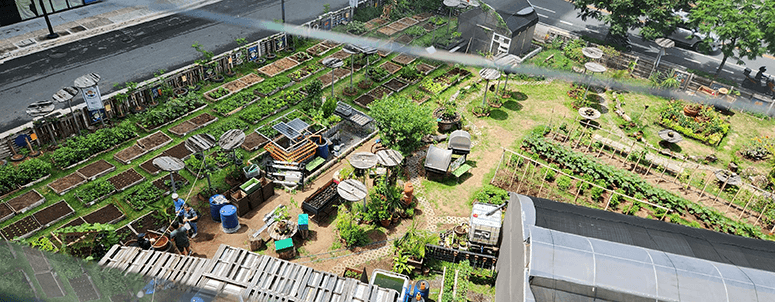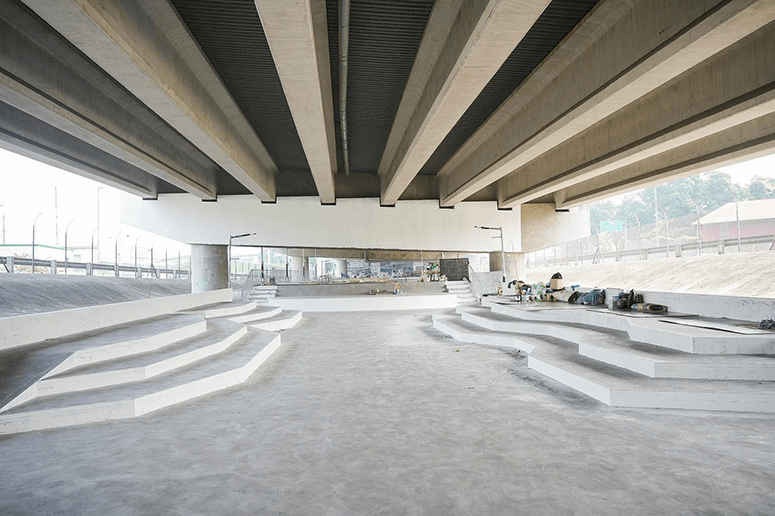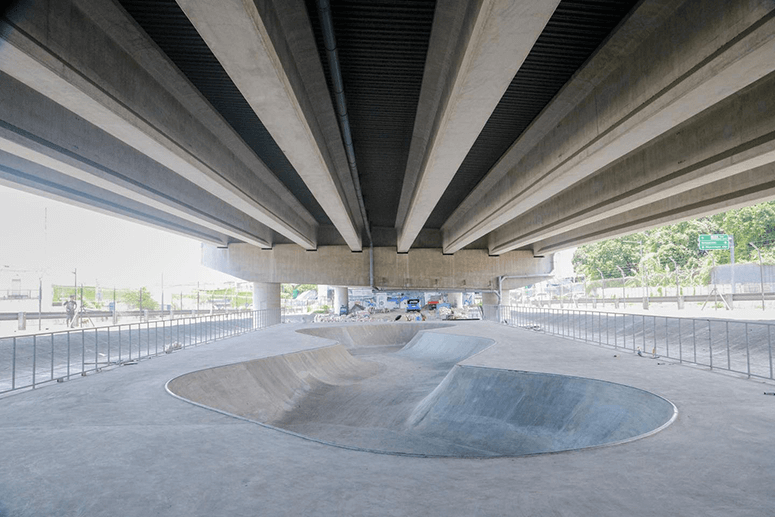While biking around our neighborhood one afternoon, I noticed an alley lined with bright lights and greenery that never existed before. Thinking it was another newly opened food park, I checked it out, only to find the prettiest eskinita I’ve seen in the metro. On each end was a Maginhawa Art and Food Hub Map listing all the restaurants in the area, to encourage people to explore the area by foot.
While this alley may not seem like much to outsiders, as a resident of the area, I appreciate the efforts of our local government to boost the area’s walkability and increase open spaces
While alleys like this may be the standard in other countries, clean and green public walkways seem to be an exception rather than the rule in most places in Metro Manila. But every small step can lead to change and is therefore worth celebrating. This got me thinking of other underutilized areas that can and should be transformed into open spaces for the public’s benefit.
Here’s how we can make cities more livable in Metro Manila and examples of ongoing initiatives.
Reclaim public roads and sidewalks

Alley 22 and Alley 44 along Maginhawa Street are part of Quezon City’s efforts to create more open spaces, using areas previously encroached on by commercial establishments and residents. The project aims to clear public roads and sidewalks of illegal street parking, obstructions and encroachment and make it “exclusively for the use and comfort of pedestrians and a spot for small cultural events or exhibits” according to news reports.
Now, these offer easier access for pedestrians, including PWDs, as some alleys have ramps next to stairs.
Turn vacant lots into community farms

Did you know you can try urban farming in the middle of towering buildings in Bonifacio Global City’s Business District? The BGC Community Farm, launched in 2022, is a 1,500-square-meter farm with a greenhouse that allows city dwellers to learn the basics of urban farming and harvest the vegetables they need.
Vacant lots abound in crowded neighborhoods or commercial areas like Ortigas and Makati that could be transformed into community gardens for fresh produce or pocket parks for office workers and residents to enjoy. The Quezon City government is providing idle land tax exemption to landowners who utilize vacant lots for urban farming.
Integrating Green Design into Urban Spaces

Urban areas can benefit from incorporating greenery into both large and small structures. In Quezon City, a building along Xavierville Avenue covered in plants has improved air quality since the 1990s. Office buildings, malls, and condos can follow suit by installing vertical gardens on facades, like the Makati Commerce Tower and The Podium West Tower, which boasts one of the largest vertical gardens in the country.
Smaller structures, such as bus stop roofs, can adopt projects like the “buzz stop,” which uses native plants to attract bees and butterflies. This concept, along with adding greenery around public spaces like basketball courts, can transform everyday spots into eco-friendly areas for the community.
Transform underutilized infrastructure into mixed-use green spaces
Valenzuela’s PAW Park and SKATE Park under the highways of North-Luzon Expressway (NLEX) Harbor Link, Barangay Karuhatan is another creative approach to using dead spaces. Areas under other elevated highways, overpasses and expressways could also be used for linear parks, covered pedestrian walkways, or covered parking areas to shelter motorcycle riders and cyclists during the rainy season.


Old factories, warehouses, unused parking lots, and abandoned industrial sites could be transformed into mixed-use green spaces that include parks, community centers, and cultural facilities. Some ideas include bike-friendly hubs, EV charging stations, public parks or recreational areas that are centrally located or easily accessible.
Convert car parks into actual parks
The Dela Rosa 2 car park in Makati is being transformed into an urban green space. Make it Makati announced that the former parking lot is set to become a “multi-use block, embodying a diverse, dynamic, and vibrant space for everyone” Other underused parking lots in commercial districts can also be redesigned parks with seating, playgrounds, and landscaping to benefit more people and lessen car use.
Utilize waterways as green corridors
We’ve seen the dramatic transformation of the promenade-style parks along sections of the Pasig River Esplanade at the back of the Manila Post Office leading to Intramuros this year. The area now boasts pleasant walking and cycling paths, green areas and (soon-to-open) cafes.
Further development of the Pasig River Esplanade (PARES) instead of the Pasig River Expressway (PAREX) along the riverside routes of Pasig and Marikina, along with more efficient public mass transportation, could go a long way in revitalizing our cityscape.
We’ve still got a long road ahead of us, but the ongoing initiatives to repurpose existing spaces for the benefit of the public offer some hope to city dwellers. Let’s make our cities green again!
For more travel stories, visit the author’s blog Travel Up (www.traveling-up.com)
